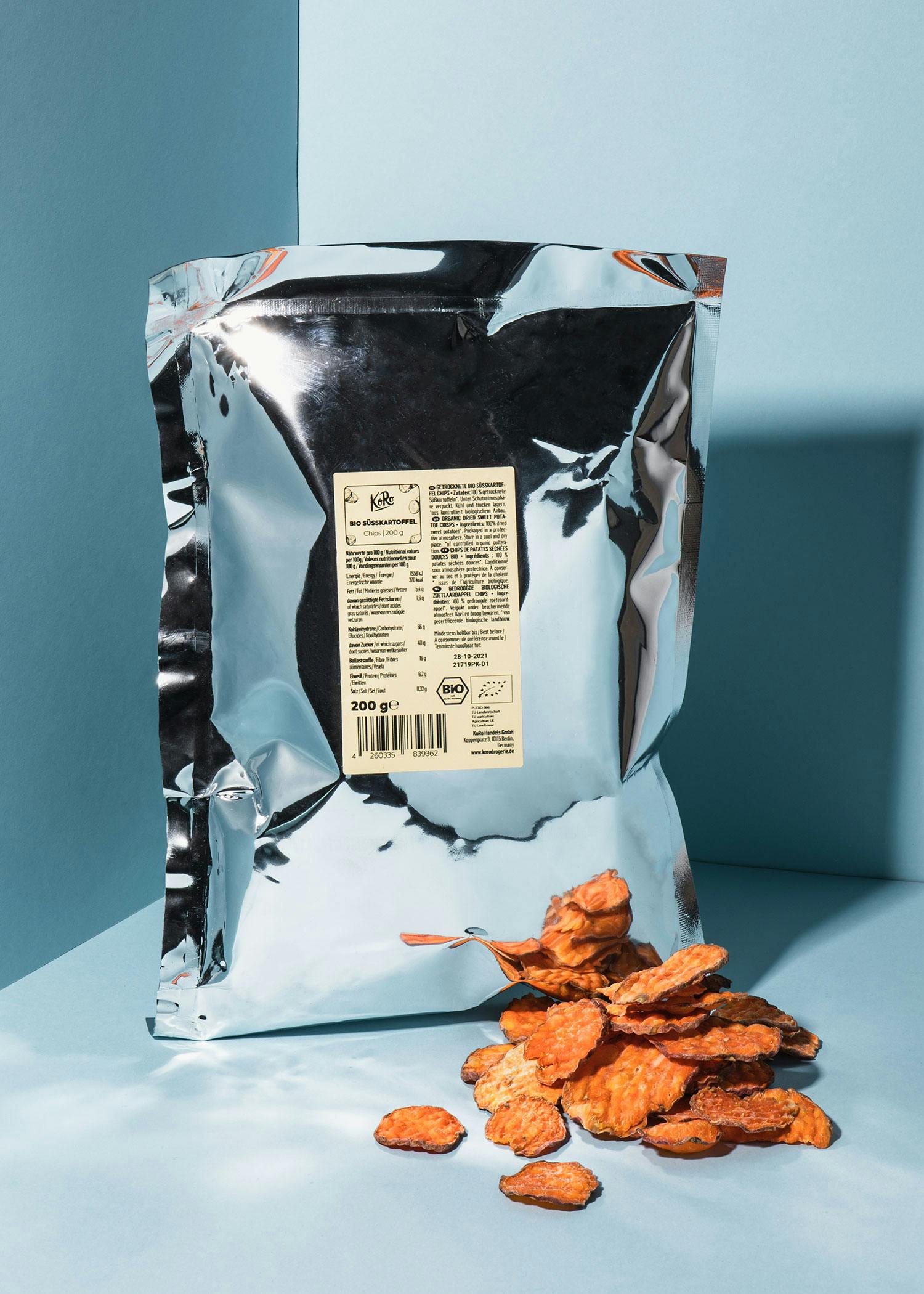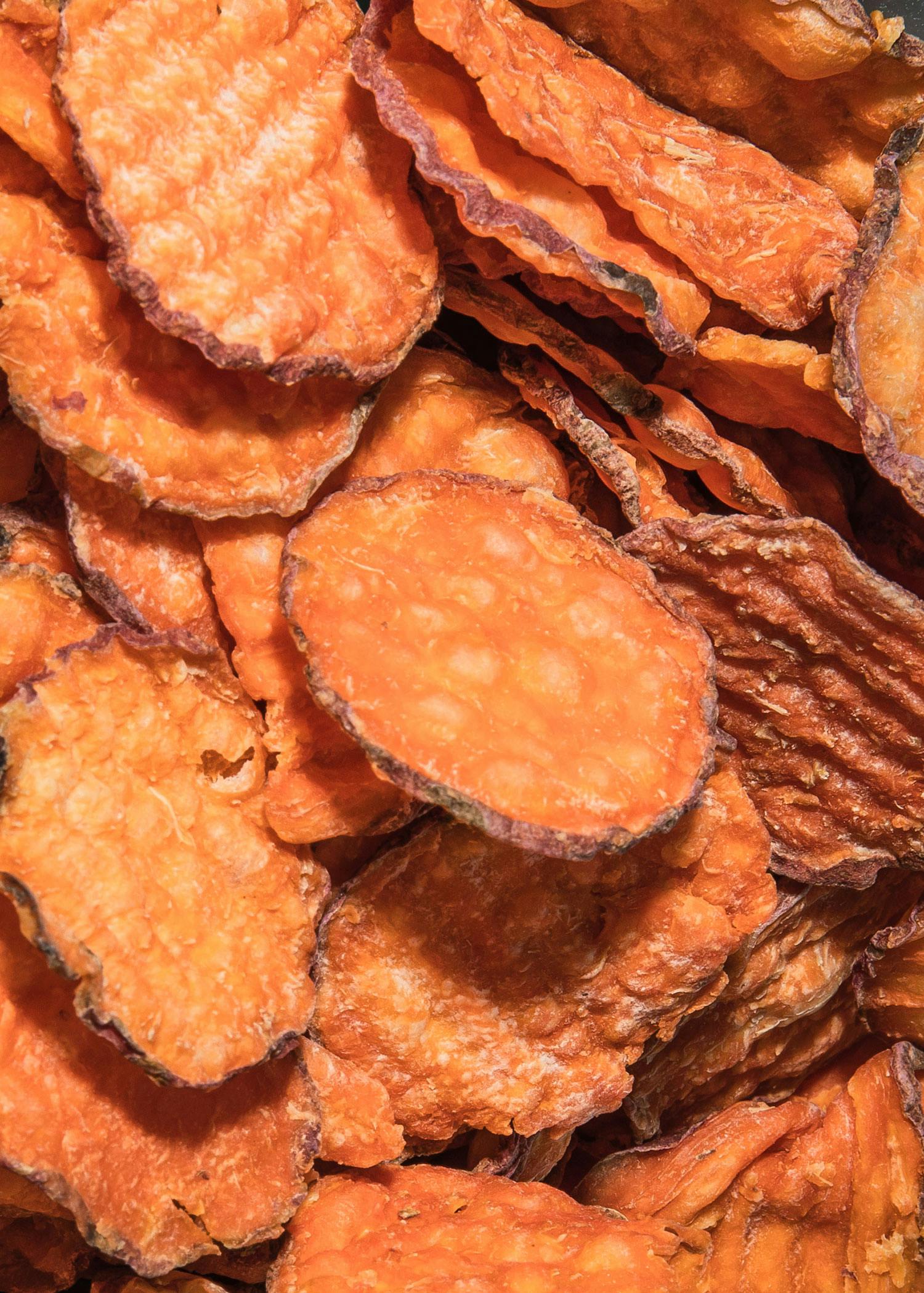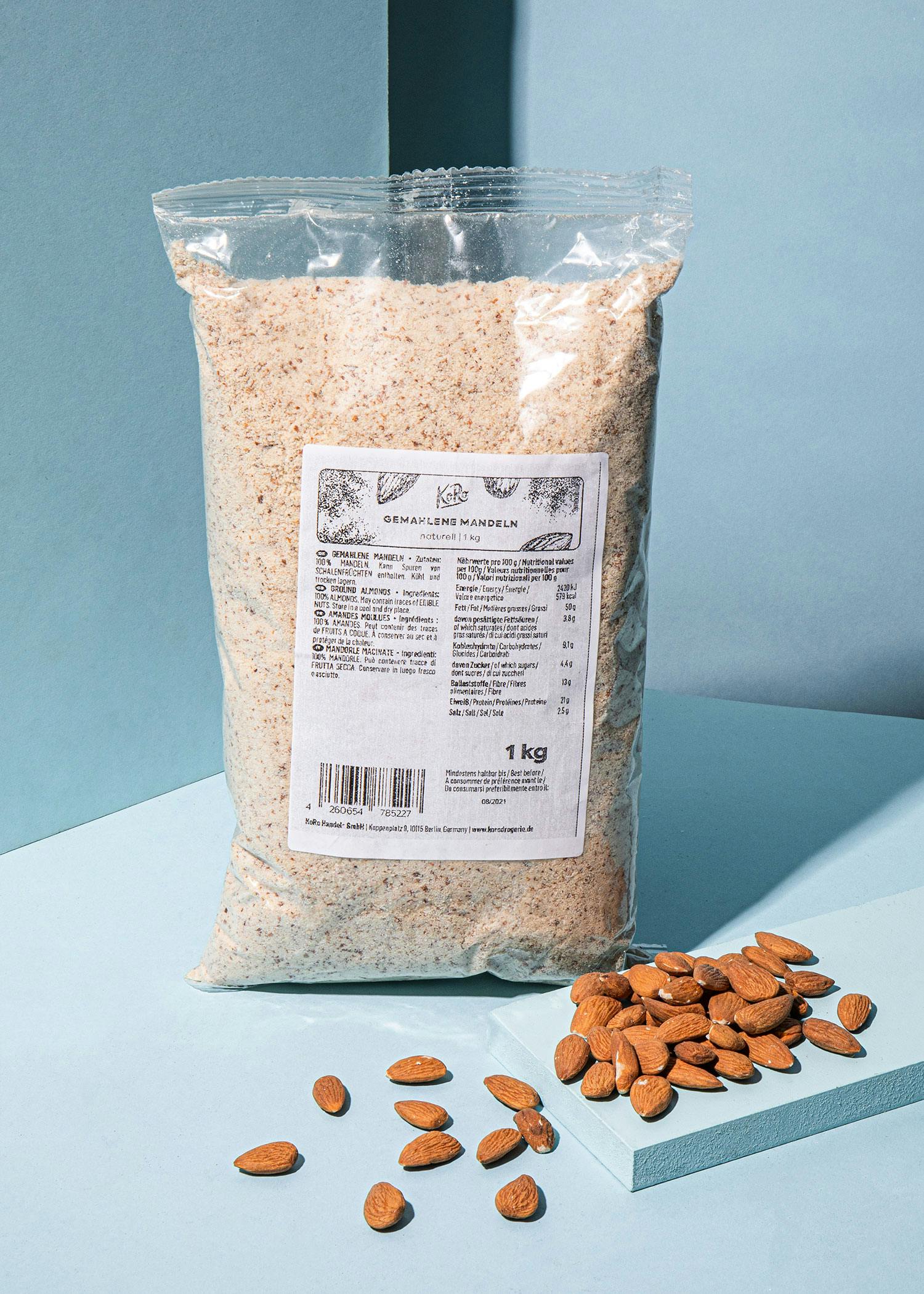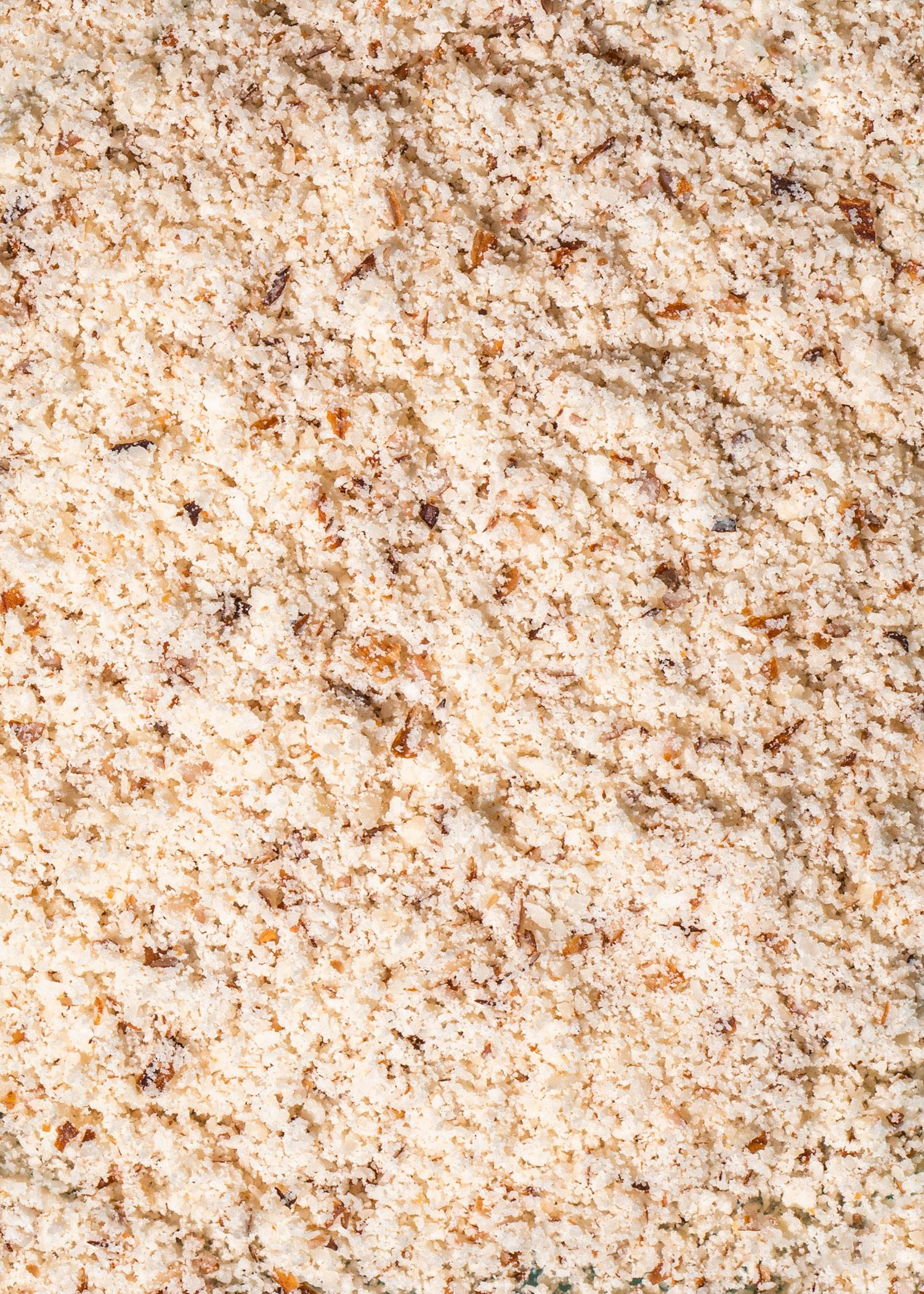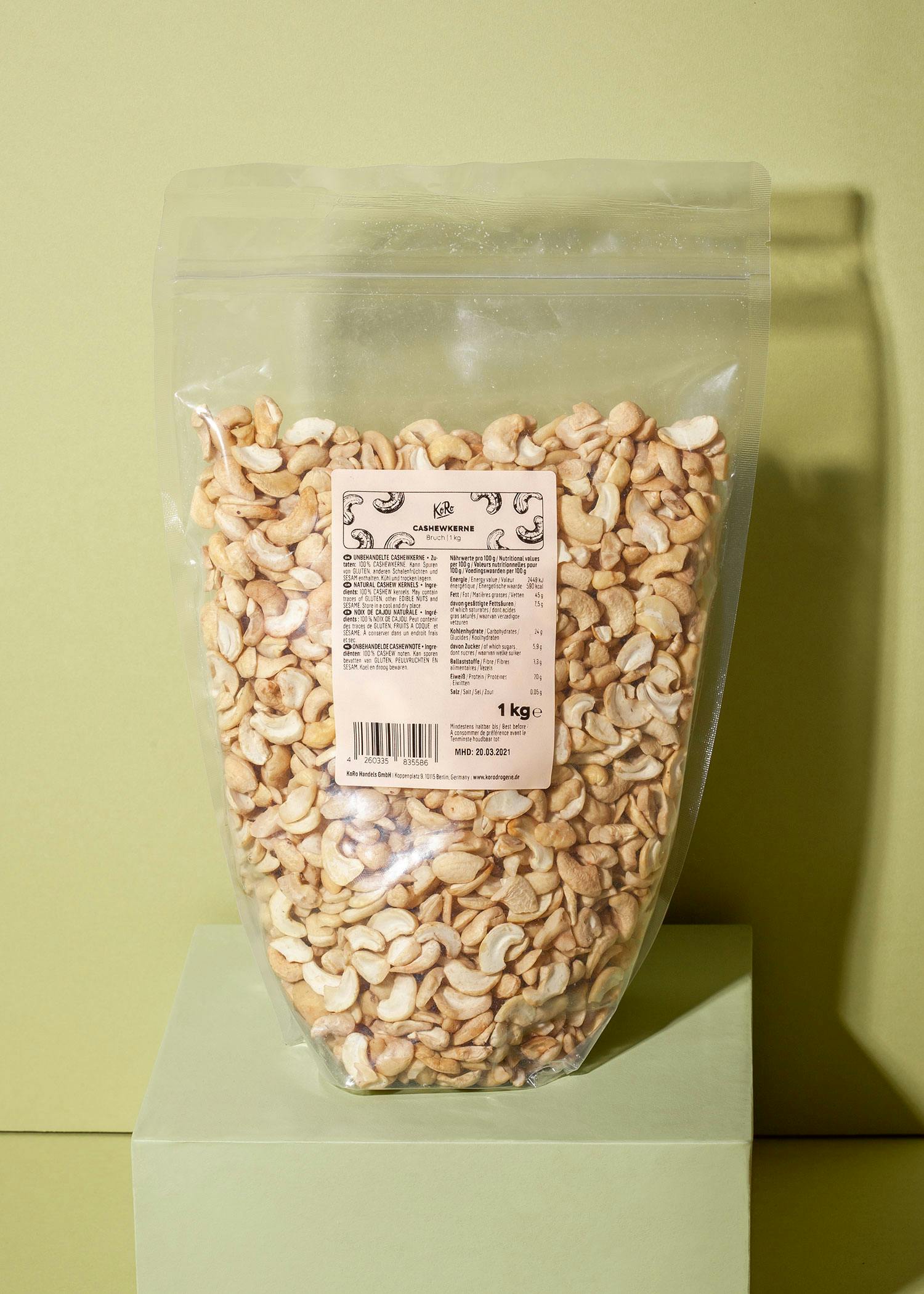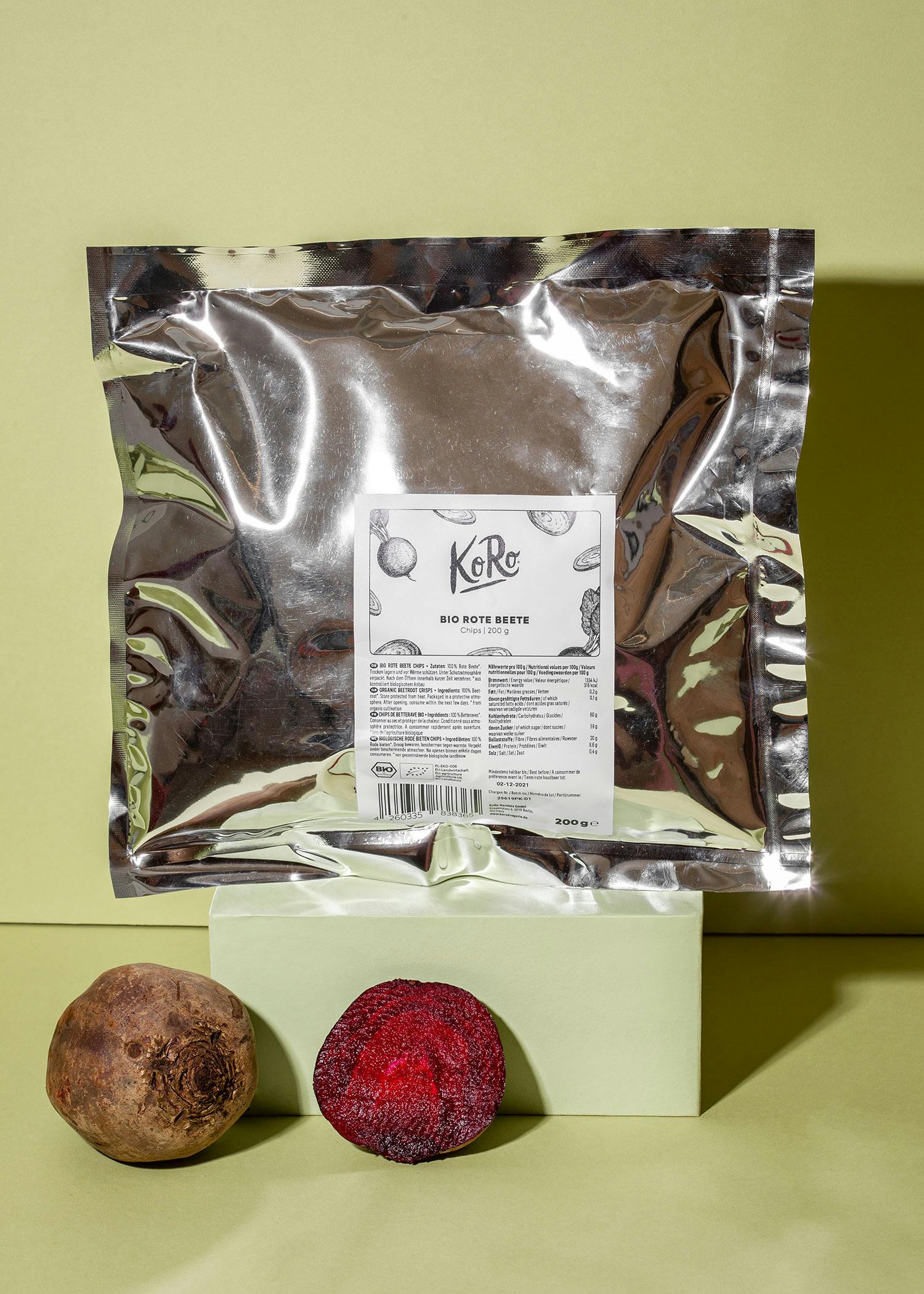Less in the pack: Who's to blame?
Even if we don't like to hear it: Grocers and supermarket chains are not the cause of inflation and have to respond with price increases in order to remain profitable. So far, so good, but this often happens without notice and consumers are left in the dark.
It's also true for packaging: size isn't everything!
What exactly is behind the term "shrinkflation"? Essentially, it means a price increase, except that you can't see it on the product's price tag. In contrast, when you buy vegetables, for example, you can clearly see how prices are rising. However, as the cost of almost all raw materials is currently rising, partly due to the events of recent years, the prices of almost all products in the supermarket are also rising. In order to avoid losing sales and maintain a good image, many manufacturers are hiding the price increase by reducing the size of the contents, but not the packaging. The price remains the same. And consumers don't recognize this at first glance, and perhaps not even at second glance.
Shrinkflation vs. deceptive packaging: what's the difference?
"Shrinkflation" occurs when the product quantity decreases but the price remains constant. It is a subtle way of increasing costs for consumers without changing the actual price. On the other hand, the design of "deceptive packaging" suggests that there is more content than there actually is. And this gives the impression of a better deal.
For all clever shoppers: Pay attention to the price by weight or volume. This price, often indicated per 100 g or per liter on price tags, allows you to compare different products directly and find the best value for money.
Inflation in the shopping basket
Shrinkflation, or downsizing, is the industry's way of finding other ways of continuing to market its more expensive products without incurring customer anger. And this has been going on for years. To ensure that this does not go undetected, the non-profit organization foodwatch e. V. checks countless products and awards an annual prize for the biggest advertising lie. And this is aptly named the "Golden Windbag".
A very well-known candidate for this is, for example, the spreadable fat of a popular manufacturer. This product has been tricked so much that it can no longer even be called margarine. In recent years, it has gradually become over a euro more expensive, the fat content has been reduced by 60 % and, on top of that, the packaging contains 100 g less. Shrinkflation at its best: the reduction in content is concealed and topped off with an increase in price. Unfortunately, this is not an isolated case on supermarket shelves. The difference to a regular price increase: the quantity in the pack decreases, but the price increases. This is immediately apparent to customers who repeatedly buy the same product in their shopping basket.
KoRo regulates: transparent price development
At KoRo, it is important to us to be open about our pricing. We also have to increase our prices in some cases. However, the quantity in the packaging always remains the same. If KoRo products or their packaging change, this is how it works, for example: Based on your feedback, our Energy Balls now no longer have bagasse cups for protection and the packaging has therefore become smaller, but not the product content. As usual, our Energy Balls weigh 30 g. By the way, the price development of our products - whether inflation or not - is shown in a statistic for you. Simply scroll down on the product page of your favorite KoRo product and you will find a tab with "Statistics" below the pictures. Feel free to check!
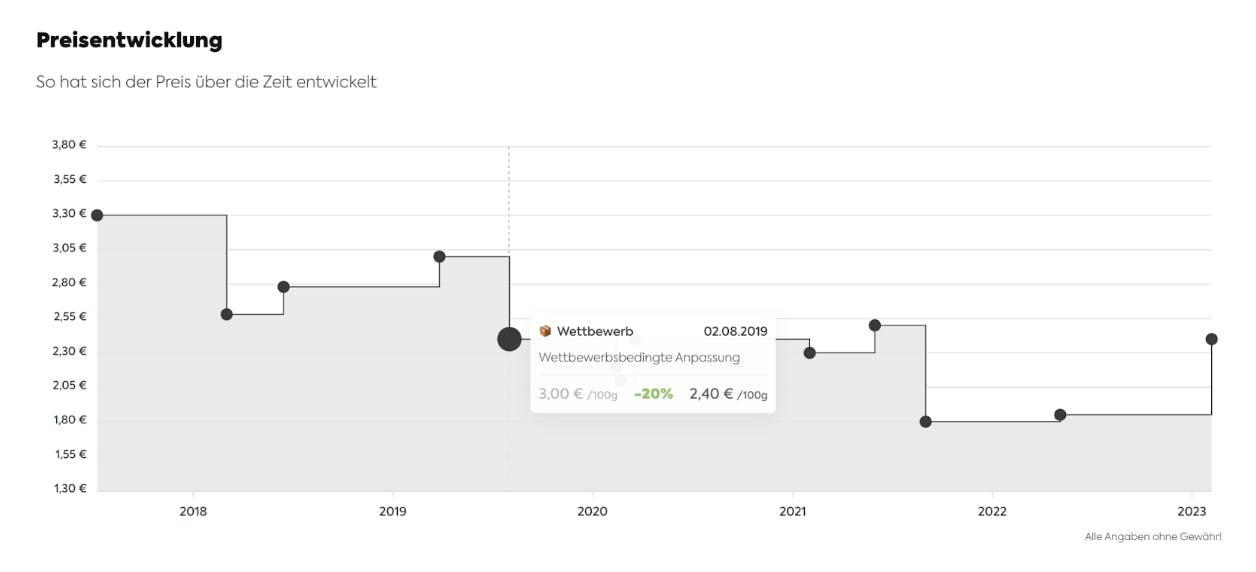
What's in it for you? You can see directly whether the product has become more expensive or cheaper and you can now decide for yourself what is within your budget.
How it works in the food industry
Due to its structure, the German food retail sector is one of the toughest industries in the world. And current events are not making it any easier. So we understand where the price increases are coming from. Nevertheless, we at KoRo communicate all price increases and packaging adjustments quite openly. In short: transparency!
